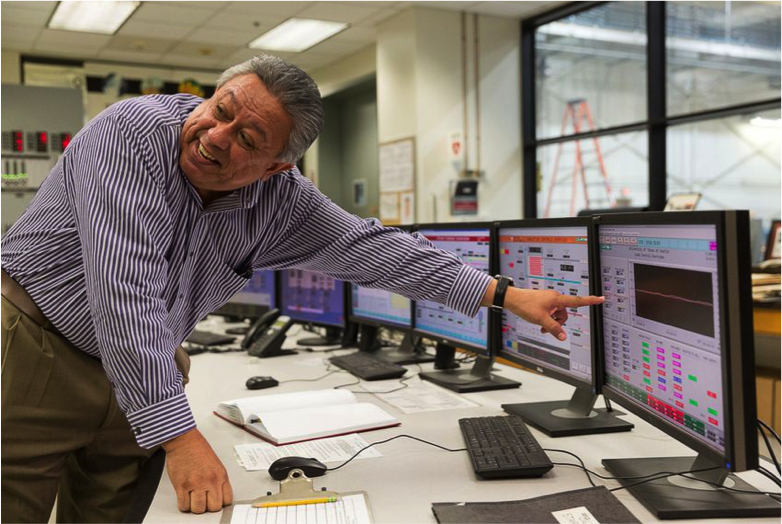Electricity has become a necessity in our lives. Whether in our homes, schools, grocery stores, or workplaces, our daily routines rely almost completely on the use of electricity. As such, accessibility to reliable, clean and affordable power is an essential component of our quality of life. When power systems fail, lives are immediately interrupted and put at risk.
This heavy electricity usage has also impacted our environment and communities. With greenhouse gas emissions from fossil fuel-based energy sources on the rise, and as climate change continues to result in more severe weather episodes, economic and environmental damages increase as well. Globally, our electrical infrastructure is aging, and we’re feeling the effects of a less resilient system.
Both public and private entities are realizing they need to start planning for crisis and address the reliability of our aging grid. A growing movement has risen to make structures more resilient through improved preventive action. The ability of a city or business to bounce back ultimately benefits everyone, providing evidence that bringing this concept to fruition is key to solving problems now and preventing hardship in the future.
The way that we design, build, and operate our electrical infrastructure is key to the triple bottom line: people, planet, and profit.
Major electricity consumers like cities, transit systems, and campuses all over the world are working to address the reliability and sustainability of our power systems: to modernize and improve electricity infrastructure, to adapt to an ever-changing energy market and the growth of renewables, to improve electricity resiliency and to mitigate climate risk by reducing carbon emissions.

At USGBC and GBCI, we believe that thoughtful investment in our power systems can ensure a safer and healthier future for all who use them. That’s why the PEER (Performance Excellence in Electricity Renewal) certification program supports global grid modernization efforts by providing building operators with a framework for continuous improvement and performance assessment.
PEER is a metrics-based certification program that measures power system performance on a 110-point scale, divided across 6 credit categories, including:
1. Reliability & Resiliency
2. Energy Efficiency & Environment
3. Operations, Management & Safety
4. Grid Services
5. Regional Priority
6. Innovation & Exemplary Performance
These categories provide a structured approach to assess and implement strategies to improve power system performance, which can be analyzed based on the triple-bottom-line benefits that a project can achieve.
This is the first article on a series that introduces PEER and its credit categories. Stay tuned as we explore how the first category — Reliability and Resiliency — can benefit your triple-bottom-line of people, planet, and profit.
